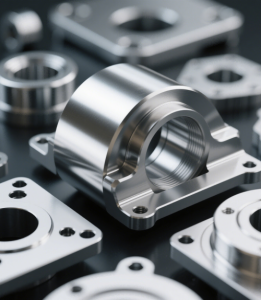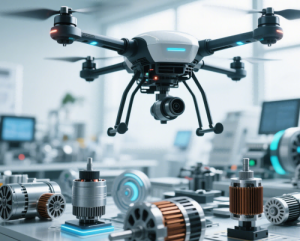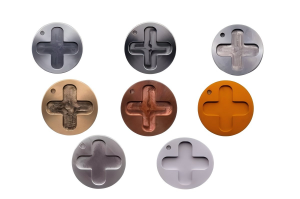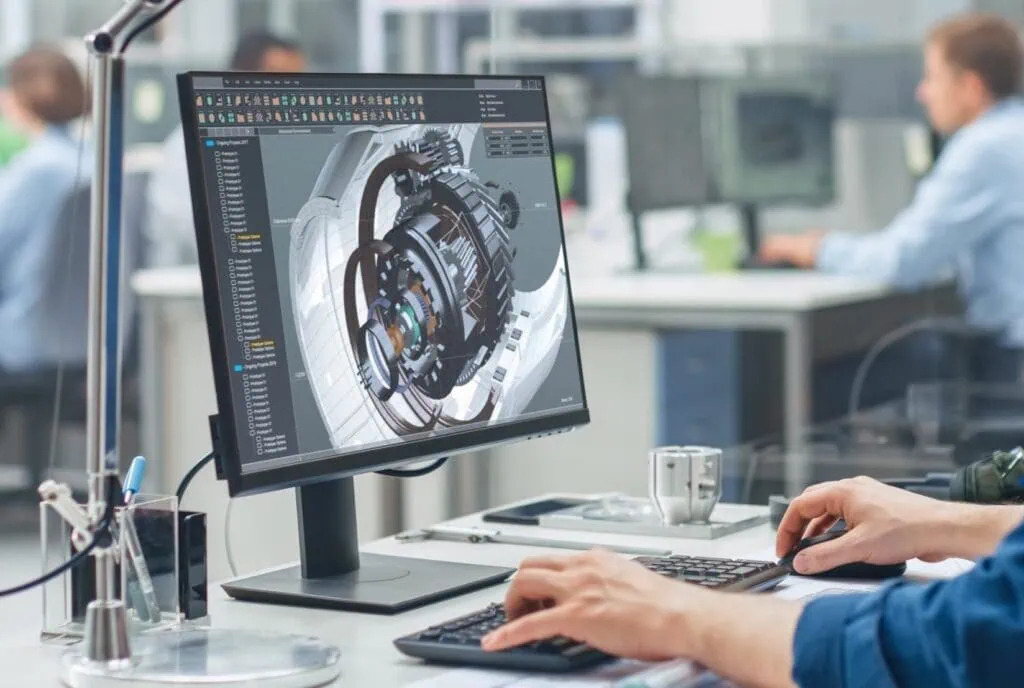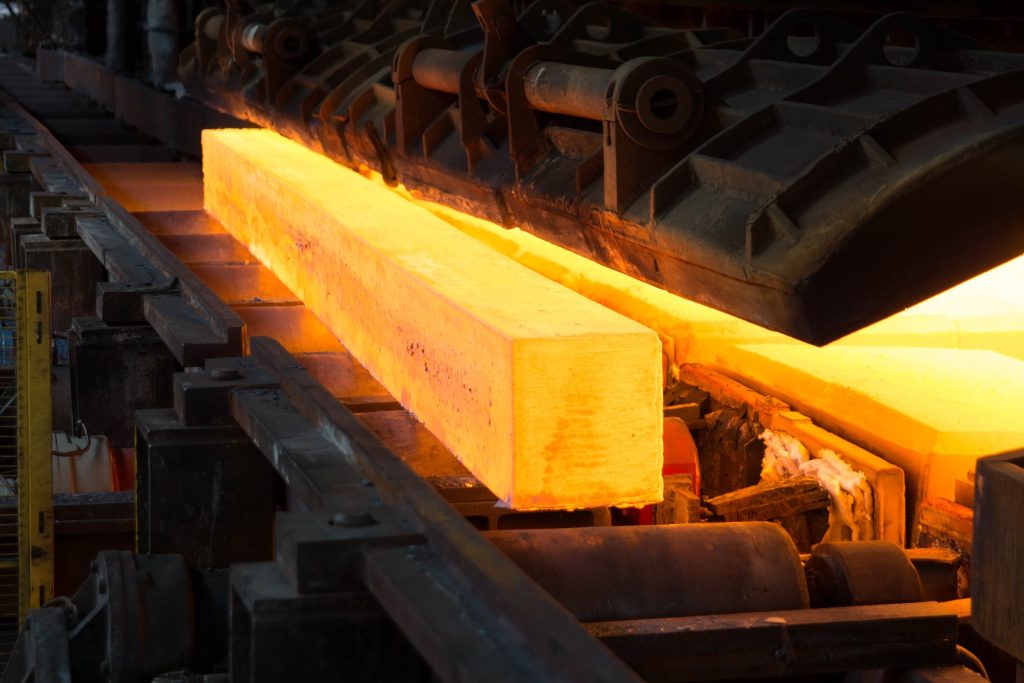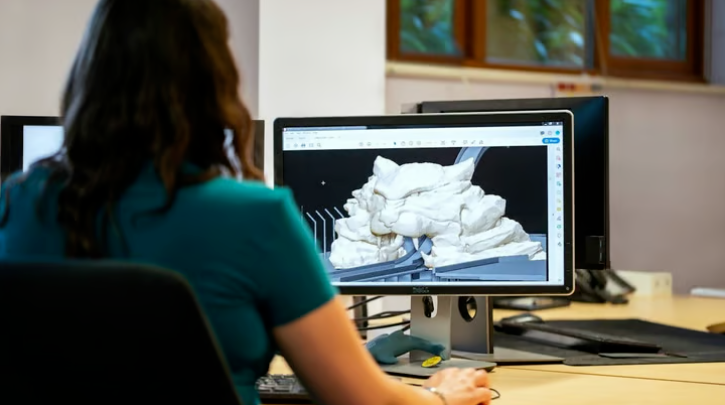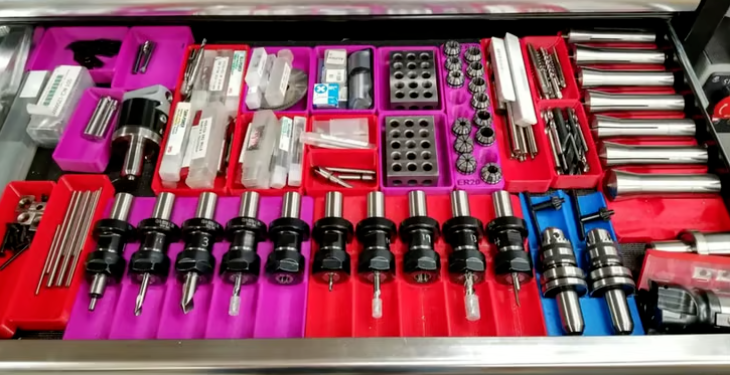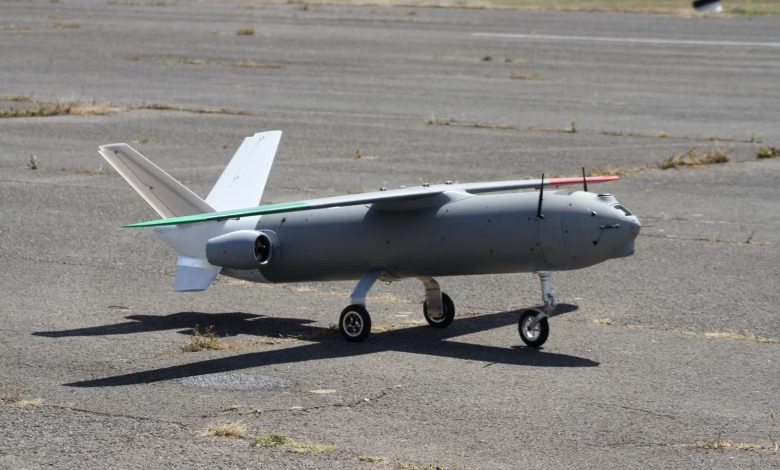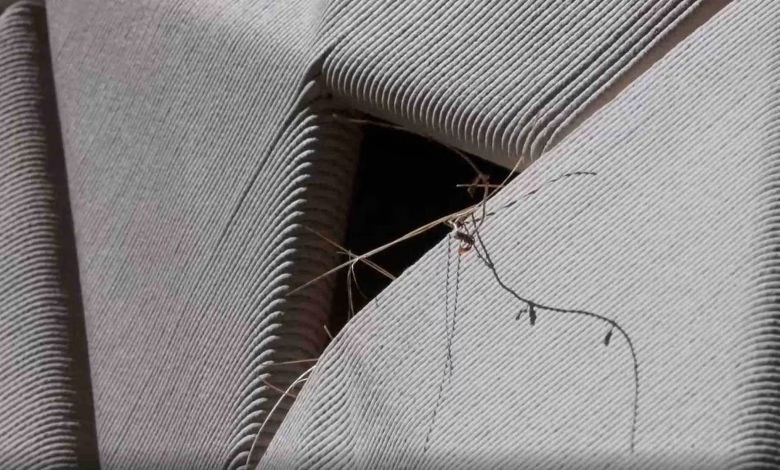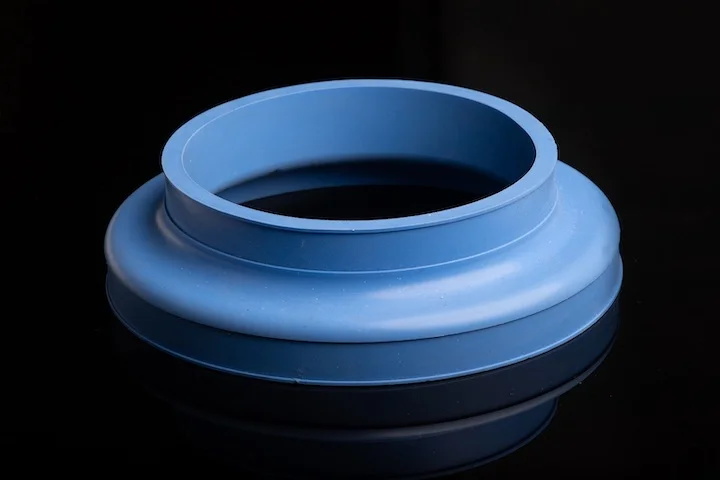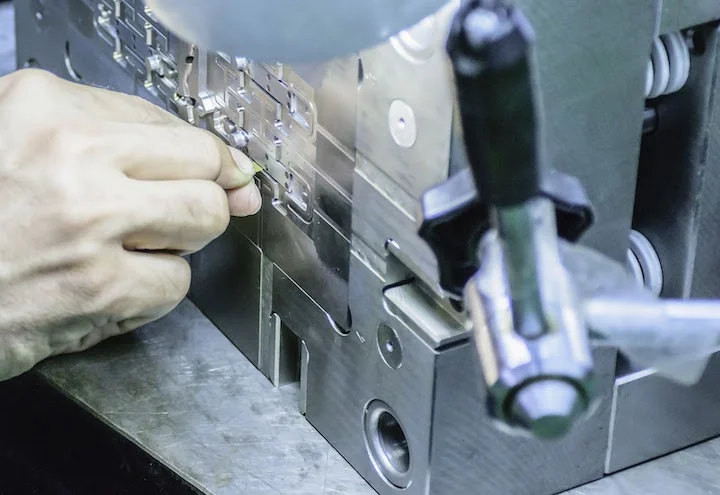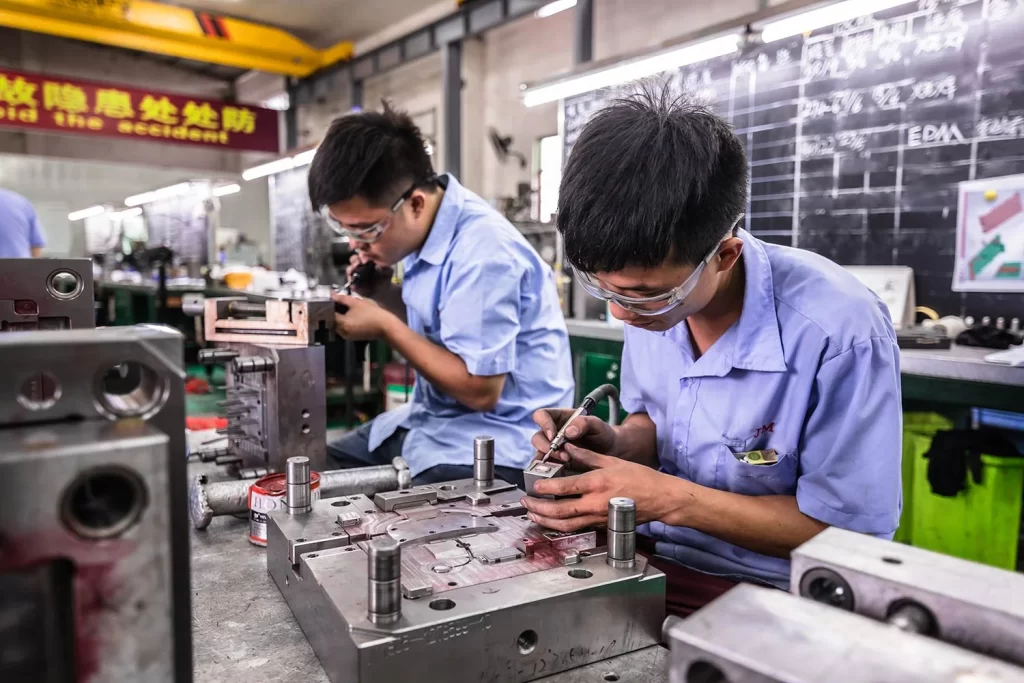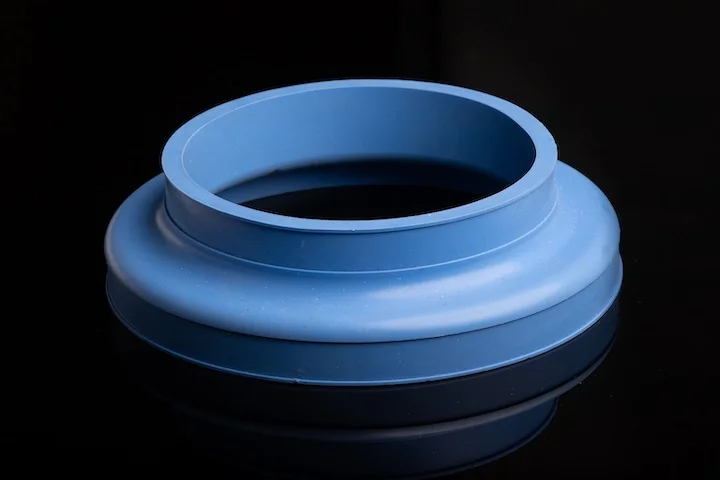Abstract
This article explores five revolutionary special machining processes—EDM, laser cutting, waterjet machining, additive manufacturing, and electrochemical machining (ECM)—unveiling their non-contact processing principles, equipment features, and innovative applications in aerospace, medical, and new energy sectors. By highlighting advantages in superhard material processing, complex structure forming, and precision surface treatment, it offers technical insights and practical guidance for high-end manufacturing process selection and optimization.
1. Electrical Discharge Machining (EDM): Precision Forming for Hard & Brittle Materials
Technical Principle
EDM uses pulsed electrical discharges (generating over 10,000°C) to erode conductive materials, achieving micron-level precision through controlled electrode-workpiece gaps. Key advantages:
- Material Agnostic: Processes superhard materials like carbide (HRC60+), quenched steel, and titanium alloys
- Stress-Free Machining: Ideal for thin-walled parts (wall thickness ≤0.1mm) and deep-narrow slots (aspect ratio >50:1), such as cooling holes in aerospace turbine blades
Industry Case
A medical device manufacturer uses 5-axis EDM to machine titanium alloy joint prostheses with ±0.005mm precision and Ra≤0.2μm surface roughness, improving efficiency 3x over traditional milling.
Leading Brand
GF Machining Solutions’ AgieCharmilles series, widely adopted in medical and aerospace industries, enables high-precision complex cavity machining via 5-axis technology. Official Website
-1024x765.jpg)
2. Laser Machining: The Versatile Tool for Flexible Manufacturing
Technical Advantages
High-energy laser beams (power density ≥10⁷ W/cm²) enable thermal processing across three core applications:
| Process Type | Precision Range | Typical Applications |
| Laser Cutting | ±0.05–0.1mm | Aluminum alloy car body frame cutting |
| Laser Micromachining | 1–10μm | Micro-hole drilling (φ50μm) on IC chips |
| Laser Surface Treatment | Nano-level modification | Aerospace blade fatigue resistance enhancement |
Innovation in Action
CATL employs fiber laser cutting for lithium battery aluminum casings, achieving 0.1mm kerf width with no burrs or heat distortion. Robotic integration enables 200 parts/minute throughput.
Leading Brand
Trumpf’s TruLaser series excels in new energy vehicle manufacturing, offering 3D laser cutting for complex curved surfaces. Official Website
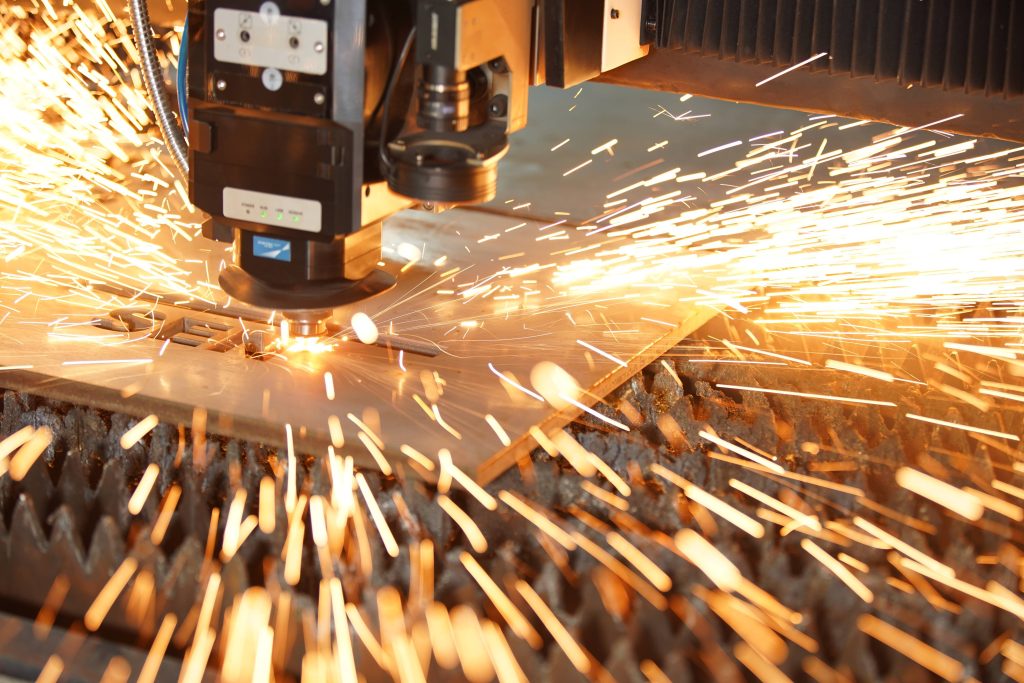
3. Waterjet Machining: The Green Cutting Edge in Cold Processing
Process Features
- Pure Waterjet: 380MPa+ pressure for soft material (rubber, foam) cutting with zero heat-affected zone
- Abrasive Waterjet: Incorporates garnet abrasives for machining metals/composites (hardness ≤65HRC), achieving ±0.2mm cutting accuracy
Typical Applications
- Aerospace: Cuts carbon fiber composite wing skins without delamination, increasing material utilization from 75% to 92%
- Medical: Machines zirconia dental prostheses with Ra≤0.8μm surface roughness, 2x faster than traditional CNC milling
Leading Brand
Omax’s abrasive waterjet systems, widely used in transportation industries, feature intelligent software for efficient complex-path machining. Official Website
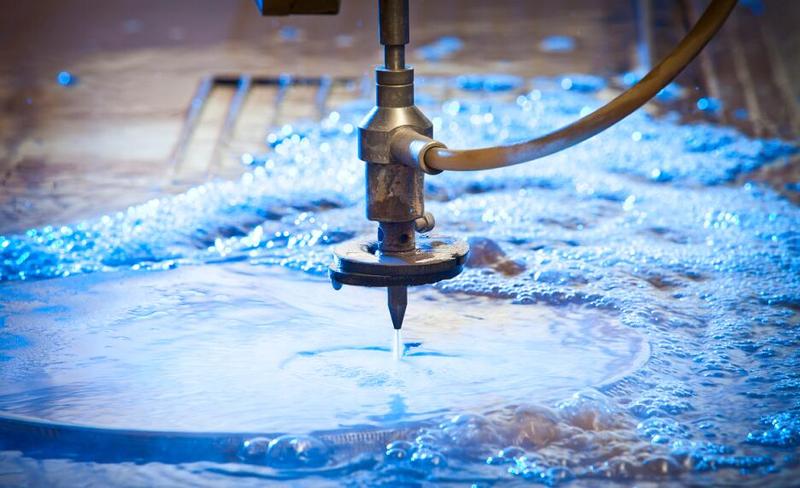
4. Additive Manufacturing (3D Printing): From Design Freedom to Rapid Prototyping
Technological Breakthroughs
- Design Liberation: Fabricates ultra-thin structures and lattice supports (e.g., aerospace fuel cavities) impossible with traditional methods
- Material Expansion: Processes metals (titanium, Cobalt-chromium alloy), polymers, and ceramics, with metal printing precision up to ±0.05mm
Mass Production Case
GE Aviation uses selective laser melting (SLM) to manufacture LEAP engine fuel nozzles, integrating 19 components into a single part—reducing weight by 25% and doubling service life.
Leading Brands
- Stratasys’ H350 enables personalized medical implants via digital anatomy technology. Official Website
- 3D Systems’ DMP Factory 500 series achieves high-precision batch production of aerospace metal parts. Official Website
-1024x682.jpg)
5. Electrochemical Machining (ECM): Master of Ultra-Precision Surface Treatment
Machining Principle
Relies on electrochemical anodic dissolution for burr-free, stress-free material removal, achieving:
- Dimensional accuracy: ±0.02–0.1mm
- Surface roughness: Ra≤0.4μm
Precision Application
A military manufacturer uses ECM to process missile fin surfaces, improving efficiency 10x over grinding while eliminating tool marks, meeting strict aerodynamic requirements.
Leading Brand
Siemens’ SIPOREC rectifier systems provide stable DC power for electrochemical processing, supporting metal purification of copper and zinc. Official Website
-1024x576.png)
Conclusion
Special machining processes redefine manufacturing boundaries with “non-contact, high-energy, digital” characteristics, solving challenges in hard material processing, complex geometry, and extreme precision. From EDM’s micron-level forming to additive manufacturing’s design revolution, these technologies transcend traditional CNC machining—driving lightweight aerospace components, personalized medical implants, and efficient new energy equipment. As multi-process integration (e.g., laser-EDM hybrid machining) and intelligent control advance, special machining will become the cornerstone of future precision manufacturing.

